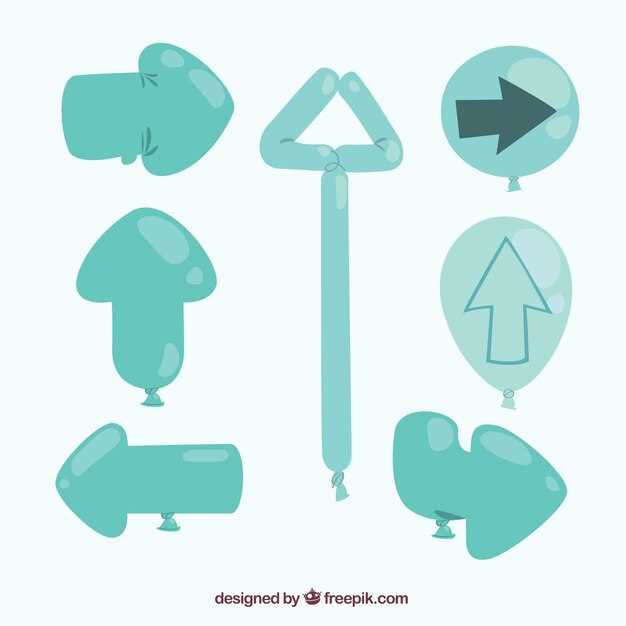
In the world of archery, achieving optimal accuracy is a paramount concern for both novice and seasoned archers. One crucial aspect that significantly influences shooting performance is the spine of the arrow. Hand tuning arrow spine techniques can provide archers with the necessary precision and consistency needed to maximize their potential on the range or in the field.
Understanding the spine of an arrow is essential, as it determines how much the arrow flexes during flight. An arrow that is either too stiff or too weak can lead to inconsistencies in trajectory, affecting overall accuracy. Tuning the spine is not merely a trial-and-error process; it involves systematic testing and adjustment. This article delves into effective hand tuning techniques that can refine your arrow selection and improve your shooting success.
By employing various testing methods, archers can identify the ideal spine that complements their shooting style, draw length, and bow specifications. Whether it’s through adjusting arrow length, point weight, or fletching configuration, mastering these tuning techniques is essential for enhancing performance. Join us as we explore the intricacies of arrow spine tuning and share valuable insights that will help you achieve pinpoint accuracy with every shot.
Understanding Arrow Spine Measurement and Testing Methods
Arrow spine refers to the stiffness of an arrow shaft, which plays a crucial role in its performance during flight. The measurement of spine is essential for achieving optimal tuning, as it directly impacts the arrow’s balance, trajectory, and overall accuracy. Understanding how to measure and test arrow spine can help archers select the right equipment and adjust their setup for improved shooting results.
The most common method for measuring arrow spine is the static spine test, which determines the deflection of an arrow shaft when a specific weight is applied to its center. This method involves placing a shaft horizontally on two supports, with a standardized weight added at the midpoint. The deflection measured indicates the stiffness of the shaft, typically reported in inches per pound. Generally, a lower deflection indicates a stiffer shaft, while a higher deflection indicates a more flexible one.
Another widely used technique is the dynamic spine test, which simulates the actual conditions an arrow experiences during flight. This involves shooting arrows from a bow and observing how they behave in flight. Factors such as the type of bow, draw weight, and arrow length should be considered during dynamic testing. By analyzing the arrow’s flight path, archers can gauge whether their spine selection aligns with their shooting style and tuning requirements.
Furthermore, modern technologies have introduced spine measurement tools, such as digital spine testers, which provide precise readings and can aid in fine-tuning arrow specifications. These devices often allow users to customize parameters, facilitating a more tailored approach to spine selection.
It’s also essential to take into account the arrow’s material when measuring spine. Different materials may behave differently under similar stiffening conditions. For instance, carbon shafts usually have a different stiffness profile compared to aluminum shafts. Understanding these differences is vital for making informed decisions during the tuning process.
In conclusion, mastering arrow spine measurement and testing methods is fundamental for enhancing accuracy and overall performance in archery. By employing both static and dynamic approaches, and utilizing modern tools when necessary, archers can optimize their equipment, ensuring that they achieve the best possible results in their shooting endeavors.
Step-by-Step Process for Fine-Tuning Arrow Spine

Fine-tuning arrow spine is essential for achieving optimal accuracy in archery. This step-by-step process will guide you through the necessary actions to refine your arrow spine effectively.
1. Select the Right Equipment: Begin by gathering your tools, which include a spine tester, a set of arrows, a bow, and a shooting range. Ensure that your bow setup, including the draw weight and length, matches your shooting style to facilitate an accurate tuning process.
2. Initial Spine Testing: Use the spine tester to measure the spine of your arrows. Place each arrow on the tester according to the manufacturer’s specifications. This will give you a clear understanding of whether your arrows’ spine matches your bow setup.
3. Shooting Test: After measuring the spine, perform a shooting test. Shoot a group of arrows and observe the arrow flight behavior. Pay close attention to factors such as grouping and consistency, which indicate whether the spine is well-tuned to your bow.
4. Adjust Arrow Length: If the arrows are not performing as expected, consider adjusting the arrow length. Shortening or lengthening the arrow can influence its spine stiffness, thus improving accuracy. Cut arrows carefully and retest them to observe any changes in performance.
5. Modify Arrow Components: Swap out components such as nocks and points. Heavier or lighter points can affect the spine dynamically. Conduct tests after each modification to determine which combination yields the best accuracy.
6. Re-Test with Spine Tester: Re-measure the spine after every significant adjustment. Using the spine tester again will help confirm whether changes brought your arrows closer to the ideal spine for your setup.
7. Final Shooting Test: Conduct a final shooting session with arrows that have been fine-tuned. Focus on flight consistency and accuracy based on your previous tests. Ensure that the arrows stabilize well in flight and group closely together.
8. Document Results: Maintain a detailed record of your tuning process, including measurements and results from each shooting test. This documentation will serve as a reference for future adjustments and help track what works best for your archery setup.
By following this structured approach, archers can effectively fine-tune their arrow spine to achieve better accuracy in their shots.
Common Mistakes in Arrow Spine Tuning and How to Avoid Them

One of the most frequent mistakes in arrow spine tuning is neglecting to perform adequate tests before finalizing the tuning process. Archers often skip necessary field tests, leading to inaccurate assessments of arrow performance. To avoid this, ensure you conduct thorough tests under various conditions to gauge how your arrows behave with different spine adjustments.
Another common error is using the wrong arrow spine chart without considering individual factors such as draw weight, arrow length, and shooting style. Relying solely on manufacturer spine charts can lead to poor tuning results. Always calculate your specific requirements and cross-reference multiple sources to get a comprehensive understanding of the ideal spine for your setup.
Improper arrow rest setup is another area where mistakes frequently occur. An incorrect position can drastically affect the arrow’s flight path. Check the alignment of your rest and make necessary adjustments before tuning. Consider height, lateral positioning, and the type of rest you are using to ensure optimal performance during your tuning tests.
Ignoring the importance of nocking point placement is also a prevalent mistake. A nocking point that’s too high or too low can alter the arrow’s trajectory and affect spine tuning. After setting your nocking point, validate its position by testing your arrow flight and making adjustments as needed to achieve the best results.
Many archers inadequately assess their arrows after tuning by failing to measure arrow groupings. After making spine adjustments, it’s crucial to test groups at varying distances to gain insights into arrow performance. If your groups are inconsistent, revisit earlier steps to refine your tuning process.
Lastly, impatience can lead to errors in spine tuning. Rushing through adjustments without allowing adequate time for testing can result in missed opportunities for finding the perfect spine match. Dedicate sufficient time to each tuning phase, ensuring you’re making informed decisions based on comprehensive testing.


